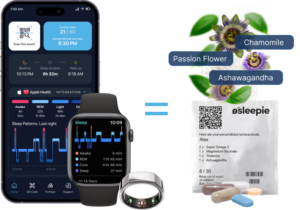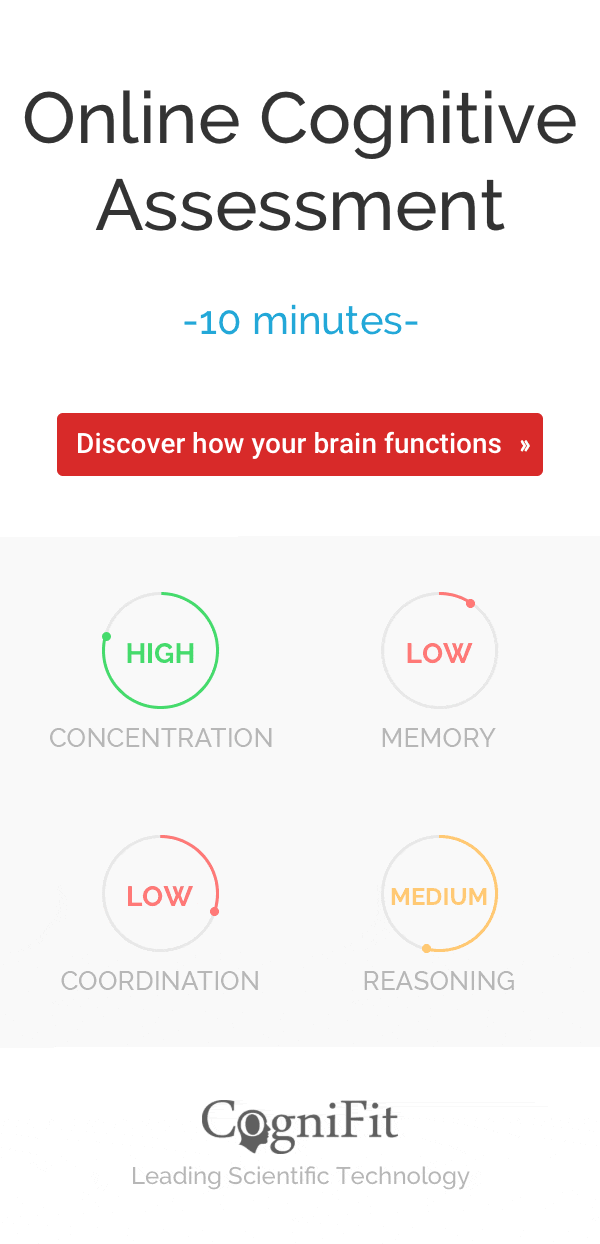
Your brain recognizes :-) as a real human smiling face but not (-:
Just a few decades after they were invented, emoticons have become an integral part of our communication, especially in texts, chats, and e-mails. Emoticons are used online to covey intonation or voice inflection, bodily gestures and emotion behind statements that might otherwise be misinterpreted.
Emoticons are so much present in our daily lives that the human brain now reacts to them in the same way as a real face, according to a new Australian research recently published in the journal Social Neuroscience.
Although the iconic grinning yellow sphere with two eyes and a mouth originated in the 1960s and other typographical depictions of emotion cropped up even earlier, the classic smiley emoticon ‘:-)’ as we know it originated in 1982. It was created by Scott Fahlman in a message posted to the Carnegie Mellon University computer science general board on 19 September 1982, in Pittsburgh, Pennsylvania.
To carry out the research, 20 right-handed participants aged from 18 to 32 years, including 14 women and 6 men, took part in the experiment. All participants were free from an uncorrected impairment in eyesight or hand movement, a personal or a family history of any psychological or genetic disorder or a period of unconsciousness in the last 5 years. They were shown images of real faces, smiley face emoticons, and a meaningless string of characters.
Interestingly, when the series of punctuation used to create a smiley face was reversed to show ‘(-:’, or presented upright, no response was triggered. “Areas of the brain most readily involved in face perception aren’t able to process the image as a face,” said researcher, Dr. Owen Churches, from the school of psychology at Flinders University in Adelaide. Only when the emoticons were presented in the conventional digital communication manner – as ’:-)’ was the punctuation read as a smiling face.
Most people now instantly recognize ‘:-)’ as a smiling face. However, this response is not innate, but rather learned. “There is no innate neural response to emoticons that babies are born with. Before 1982 there would be no reason that ’:-)’ would activate face sensitive areas of the cortex but now it does because we’ve learnt that this represents a face,” said Dr. Churches “and to decode that language we’ve produced a new pattern of brain activity.”
According to Dr. Churches, who has been studying the neuroscience of face perception for several years, faces are very special from a psychological point of view: “Most of us pay more attention to faces than we do to anything else,” and “We know experimentally that people respond differently to faces than they do to other object categories.“
He says when we look at an image of a real face, we recognize the position of the mouth relative to the nose and the eyes, and as a result very specific parts of the brain are activated. When this image is inverted, we get another specific pattern of brain activity. He wanted to find out if the same applied when we looked at a smiley face emoticon, which is a stylized representation of a smiling human face.
CogniFit brain fitness programs assess and train 25+ cognitive skills including recognition.












